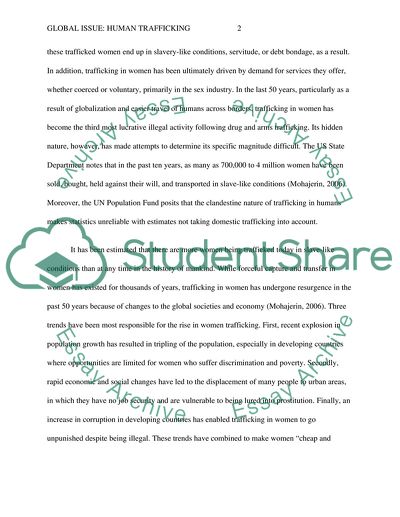Cite this document
(“Global Issue: Human Trafficking Research Paper Example | Topics and Well Written Essays - 2000 words”, n.d.)
Global Issue: Human Trafficking Research Paper Example | Topics and Well Written Essays - 2000 words. Retrieved from https://studentshare.org/law/1658575-global-issue-human-trafficking
Global Issue: Human Trafficking Research Paper Example | Topics and Well Written Essays - 2000 words. Retrieved from https://studentshare.org/law/1658575-global-issue-human-trafficking
(Global Issue: Human Trafficking Research Paper Example | Topics and Well Written Essays - 2000 Words)
Global Issue: Human Trafficking Research Paper Example | Topics and Well Written Essays - 2000 Words. https://studentshare.org/law/1658575-global-issue-human-trafficking.
Global Issue: Human Trafficking Research Paper Example | Topics and Well Written Essays - 2000 Words. https://studentshare.org/law/1658575-global-issue-human-trafficking.
“Global Issue: Human Trafficking Research Paper Example | Topics and Well Written Essays - 2000 Words”, n.d. https://studentshare.org/law/1658575-global-issue-human-trafficking.


